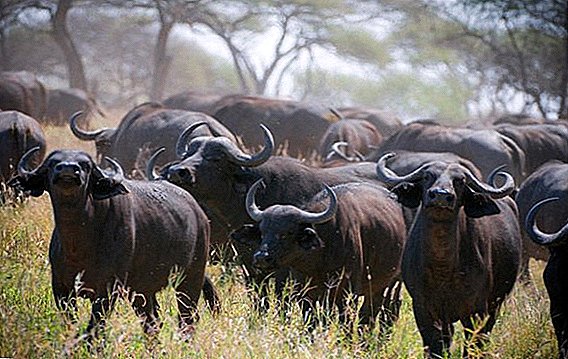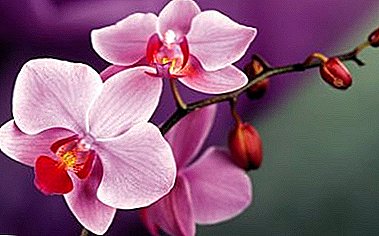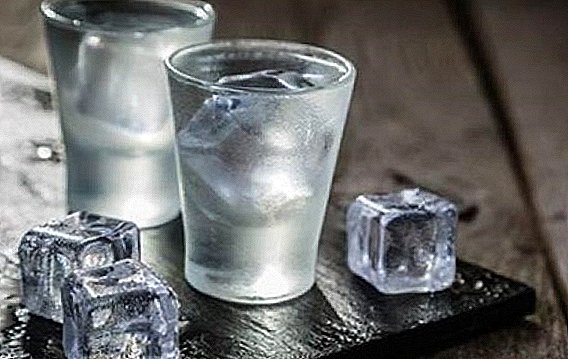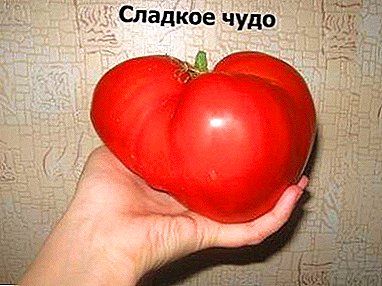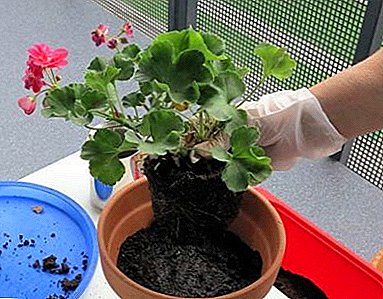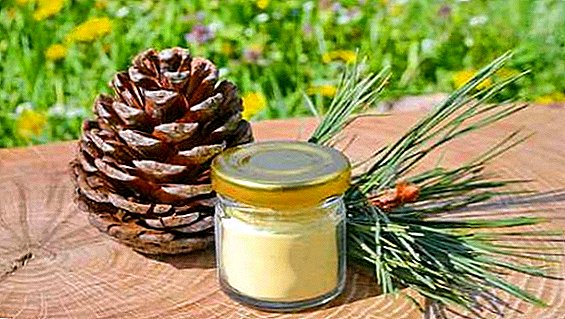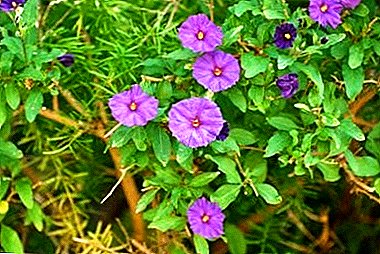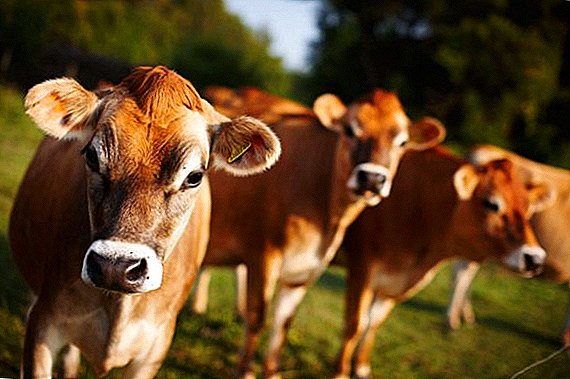 Jersey breed is one of the oldest medium-sized dairy cattle breeds. It is characterized by low weight - up to 500 kg, and high fat content of milk - up to 6%. The peculiarities of the Jersey cows include lower grazing requirements, which makes them very popular among farmers in the United States, Great Britain and some European countries.
Jersey breed is one of the oldest medium-sized dairy cattle breeds. It is characterized by low weight - up to 500 kg, and high fat content of milk - up to 6%. The peculiarities of the Jersey cows include lower grazing requirements, which makes them very popular among farmers in the United States, Great Britain and some European countries.
Breed history and description
Jersey cows are very obedient and inquisitive. The breed belongs to the dairy type, but the British opened another interesting application - honey and beige cows are used for designer decoration of landscape parks in places of developed tourism. 
Origin
The place of origin of the breed is about. Jersey (UK), hence the name. At the moment - this is the oldest breed of foggy Albion. Presumably the ancestors of the Jersey cows are cows brought from Normandy around 1700.
Did you know? Cows in most nations of the world are one of the essential elements of a dowry or bride price.
External features
Breed features:
- representatives of the breed are compact, with good body proportions;
- the weight of bulls - 520-800 kg, cows weigh a little less - about 400-500 kg;
- height at withers - 125 cm;
- suit - honey brown;
- coat color varies from dark red to brown, bulls have a darker color than cows;
- nasal mirror dark with whitish hair around, which makes the face look like a deer;
- the front profile is concave, the neck is long and thin;
- udder cup shape, very convenient for milking;
- musculature in cows is not very pronounced.

Meat and dairy characteristics
Breed productivity:
- annual milk yield - 5000-5500 l;
- milk fat content - 6-7%;
- the taste of milk is high;
- the cream rises very quickly and forms a clear boundary with the rest of the milk;
- protein content in milk - up to 4%;
- the breed belongs to the early maturity: the female cows can produce offspring from the age of 2.5 years;
- by two years, representatives of the breed gaining maximum weight, and calves, which will not be used on the tribe, can be scored;
- meat output at slaughter is 51-55%;
- since the breed is not meat, the taste of meat is average.
Did you know? Crossing of Jersey bulls was successfully used in the USSR to improve the fat content of milk of other breeds and increase their milk yield.
Advantages and disadvantages
The advantages of the breed include:
- these cows need less space for housing than representatives of other breeds;
- high qualities of milk in terms of fat content and milk yield, as well as taste;
- undemanding grazing;
- need less feed than horned other breeds;
- early maturity;
- injury at calving is lower than that of others, due to the small weight and size of the calves;
- low maintenance and maintenance costs;
- due to the structure of the body are not susceptible to foot diseases.
 Among the shortcomings can be noted:
Among the shortcomings can be noted:
- in the territory of the CIS they practically do not meet
- bulls are aggressive;
- They are considered impractical for small farms that specialize in meat and dairy due to their low weight.
Maintenance and care
Jersey cows do not require special conditions of detention and walking. They have enough of the usual conditions for comfortable living and maintaining high milk production. The daily routine of a cow usually consists of:
- morning milking;
- walking;
- return to the barn;
- evening milking.
Important! Animals tolerate low temperatures well, so they can be on the range during the whole period of grass availability.
Summer walking ground
Cows compactly use grazing. Due to their weight, they do not trample down grass and spend their walking sparingly, being on it almost 24 hours a day in the warm season. The pad area is a fenced area where feeders and drinkers may be located.  It is used instead of walking in the summer or winter, so that the animals do not stagnate in the barn in the stalls, since this negatively affects their muscles. The presence of a canopy on such a platform is necessary so that the cows can shelter from the rain or the scorching rays of the sun. Area of walking should be at least 8 square meters. m per 1 head.
It is used instead of walking in the summer or winter, so that the animals do not stagnate in the barn in the stalls, since this negatively affects their muscles. The presence of a canopy on such a platform is necessary so that the cows can shelter from the rain or the scorching rays of the sun. Area of walking should be at least 8 square meters. m per 1 head.
Check out also such breeds of dairy cows: Holstein, Ayrshire, Dutch, Red Steppe, Kholmogorskaya, Yaroslavl and Black-and-White breed.
Arrangement of the barn
In the barn, animals are kept in separate stalls. Parameters stall: area - about 2 square meters. m, length - not less than 1.7 m, width - not less than 1.1 m, the height of the fence - not more than 1.5 m. Sludge depth is about 10 cm, width - 20 cm. The required number of feeders - 2. One of them is designed for hay, the second - for concentrated feed.  As for the drinkers, they can be made of metal, wood or plastic. The floor in the stall can be used in 2 types: concrete and wood. Both types have their drawbacks: the boardwalk fails after 2-3 years, and the concrete is too cold in winter and susceptible to frosting. For this reason, some farms combine both types: lags are placed on a concrete base, and a plank floor is installed on them with manure runoff in a manure tank.
As for the drinkers, they can be made of metal, wood or plastic. The floor in the stall can be used in 2 types: concrete and wood. Both types have their drawbacks: the boardwalk fails after 2-3 years, and the concrete is too cold in winter and susceptible to frosting. For this reason, some farms combine both types: lags are placed on a concrete base, and a plank floor is installed on them with manure runoff in a manure tank.
Comfortable conditions
Jersey cows tolerate a cold climate, so additional heating of the barn is not required, it is enough to have a good warm flooring and high-quality ventilation. The lighting of the barn is carried out using LED lights along the central aisle of the room. Natural light can come through the light ridge on the roof of the building.  The standard solution for ventilation is the supply and exhaust system, implemented through exhaust pipes in the ceiling and intake channels in the walls of the room. In large barns, fans can additionally be used to eliminate stagnant air zones and to accelerate air exchange. Indoors should not be drafts, because it contributes to an increase in incidence.
The standard solution for ventilation is the supply and exhaust system, implemented through exhaust pipes in the ceiling and intake channels in the walls of the room. In large barns, fans can additionally be used to eliminate stagnant air zones and to accelerate air exchange. Indoors should not be drafts, because it contributes to an increase in incidence.
Did you know? The largest bull in the world, nicknamed the Big Moo, lives in Australia. Its height is 1.9 m, and its weight is more than a ton.
Cleaning
Today, there are several effective technologies for cleaning manure. The self-alloy system is a pipe with a special slippery coating and is located under the slope. Dung manure when cleaning the stall enters the pipe and is discharged into a special tank. A water wash can also be used, but it too increases the humidity in the room, although it is extremely effective.
It is recommended to clean the stall from manure 2 times a day before milking. The flooring is replaced as it gets dirty and damp. Feeders and drinkers are cleaned at least 2 times a month. Disinfection is carried out 1 time per month or as needed, for example, when identifying sick animals.

Diet and feeding rules
The basis of the cattle ration is greens, and in wintertime hay and silage, which is a special green mass, "preserved" in summer. The composition of the silo may include:
- grass;
- vegetables;
- corn;
- sunflower.
Learn how to feed a cash cow.
Subtleties breeding young animals
Sexual maturity in Jersey cows comes to 2 years. The first calf can be born in 2.5-3 years. The period of ovulation is characterized by anxiety of the cow: she butts, moos, takes a characteristic stance, the labia swell, a viscous secret stands out from the vulva. For mating the bull podselyayut to the cow for 2 hours in the morning and evening. If a cow is fertilized, then in 10-15 days the state of the hunt disappears.
Important! Jersey breed is the most adapted to any weather conditions because of its ancient history. They also have stronger immunity compared to other relatives.
Pregnancy at a cow lasts 265-300 days. Before calving, it is transferred to dry wood, milk yield decreases and gradually stops as the cow prepares for lactation and childbirth. This period takes 60-70 days. At this time, juicy food is excluded from the diet, leaving it rough and dry. Before calving, the cow begins to step from foot to foot, eats little and drinks. From the vagina secreted mucous secretions, udder swells.  Before giving birth a cow lies to the side. In the process of labor, the fetal bladder appears from the vagina, it bursts on its own. The umbilical cord is cut, the respiratory tract of the calf is cleaned of mucus and enclosed in a cow for licking. The calf is born medium-sized - about 25 kg. Like all calves, it needs colostrum to cleanse the stomach after birth.
Before giving birth a cow lies to the side. In the process of labor, the fetal bladder appears from the vagina, it bursts on its own. The umbilical cord is cut, the respiratory tract of the calf is cleaned of mucus and enclosed in a cow for licking. The calf is born medium-sized - about 25 kg. Like all calves, it needs colostrum to cleanse the stomach after birth.
The peculiarity of the "jersey" is an insufficient amount of colostrum, so the calf can be temporarily placed to another cow that has become settled. The first month the calf drinks as much milk as it fits. From the 10th day he can be given a little hay, from 1.5 months finely chopped vegetables are introduced into the diet.
By 3 months, it is believed that the calf is already fully adapted to the feed and can eat just like adult animals. With proper care, keeping Jersey cows is beneficial for the farm. The cows are completely unpretentious, do not require special conditions of detention, but bring a large amount of tasty and full-fat milk.

Reviews:




